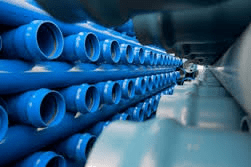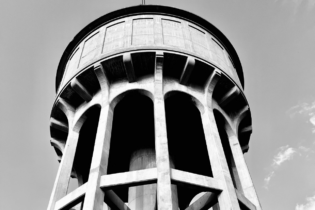
Willem Wegelin, director, WRP Consulting Engineers says it’s important for municipalities should keep a regular schedule of maintenance on pipes, pumps and valves
During her visit to the World Economic Forum in Davos, Switzerland, earlier this year, Minister of Water and Sanitation Nomvula Mokonyane addressed the issue of the country’s water losses in an interview with CNBC Africa’s Gugulethu Cele:
“Part of our presence here at the world economic forum has to do with investment in water infrastructure, because the loss of that volume [37%] of water has to do with aged infrastructure and backward systems of water management.”
Mokonyane said that the country is still dealing with water treatment in a very archaic manner rather than being high-tech and smart. When one considers the entire water system, there are numerous elements involved and each of these elements has a role to play in responding to this task.
“It is important for municipalities to understand exactly where their problems are in the network in order to address the issue as quickly as possible,” says Willem Wegelin, director, WRP Consulting Engineers.
“Half of our municipalities aren’t sure what their water losses are and, in a drought-stricken country, this is a little scary, but the question is: where do you start?”
Read more here.








